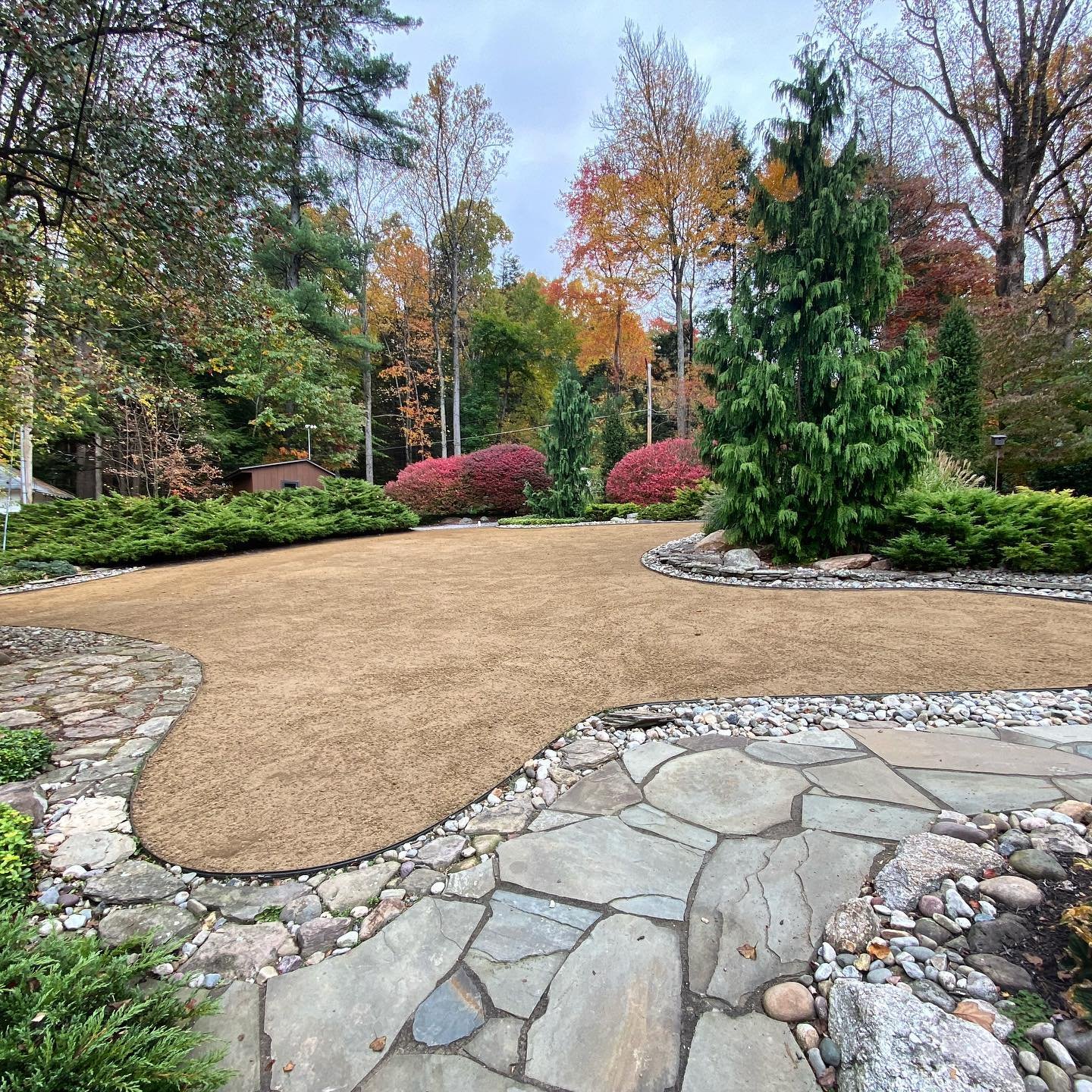Part of owning a home is taking care of a beautiful landscape and making the plant life thrive throughout the seasons. While spring is when many different flowers bloom and leaf buds come back on trees, there are many plant options that add irresistible color throughout the year. Carefully curating a living landscape with the right plants for your environment can be difficult without some professional knowledge. For tips on enhancing your landscape, here’s how a landscape designer chooses plantings for colorful backyard designs in Reiffton, PA.
Related: How a Landscape Contractor Can Use Flowering Plants to Accentuate a Reading, PA, Landscape
Prioritizing Natives
Putting native plants at the forefront of a landscape plan will delight you with color, yet give you peace of mind. Native plants will have several fantastic benefits for your landscape. First, they are perfectly adapted to the region, withstanding weather fluctuations and flourishing without much intervention. A native living landscape will require far less supplemental water and fertilization than imported plants that have adapted to different climates. Best of all, the incredible colors of Pennsylvania’s native plants will improve any landscape with unmatched beauty.
Choosing Colors That Pop
Without flourishes of stunning color, most landscapes will look roughly the same. To add uniqueness to a home, landscapers will choose plants with colors that pop. The Wild Columbine, for instance, blooms in brilliant reds and yellows during the spring and lasts well into early winter. A native shrub, the Flowering Dogwood, grows beautiful white and pink flowers then transitions to grow bright red fruits. In the family of grasses, the Sideoats Grama’s seed heads change to a fabulous orange in the fall while providing a beautiful texture to a landscape throughout the year.
Early Bloomers
At the first signs of spring, early bloomer flowers and shrubs will help transition a landscape into the new season and new life. These first blooms will attract not only the eyes of visitors and passers-by, but the pollinators that are awakening for a busy summer. Common early bloomers chosen by landscape designers include Daffodils, pink-and-purple-hued Wild Geraniums, and the sturdy white-flowering and red-fruiting Bearberry shrub. These plants can get the show of color started in your landscape.
Mid-Season Bloomers
Many types of plants will have flowers that are too delicate for the heat of the summer, so it’s important to get a good mix of plants with varied blooming times to keep color throughout the year. The hardy and powdery blue Heart-Leaved Aster flower shows itself in summer and brings hungry butterflies. Another great plant is the Purple Lovegrass which maintains fantastic texture year-round and releases brilliant purple flowers in the summer.
Late Bloomers
While deciduous tree leaves turn to brilliant yellows, oranges, and reds before falling off, there are plenty of other native plants that will show off their late season colors. The Blackeyed Susan, a seemingly smaller version of the Giant Sunflower, shows its yellows and golds as the weather gets chilly. Breaking up the color monotony is the New England Aster, whose long and narrow purple petals surround a bright orange center cluster.
Ground Cover and Background Texture
Flowering plants will likely take center stage in the growing seasons with their brilliant colors. However, it’s just as important to add ground cover and background texture. Ground cover plants handle the important job of maintaining soil temperature and moisture, benefiting some of the more fragile plants. While some are muted greens, others are very colorful, such as Creeping Thyme. Ornamental grasses and ferns can sit in between and behind flowers to bring out the colors of the surrounding flowers: great choices include Dwarf Fountain Grass and Ostrich Ferns.
Related: 10 Plantings to Add Color to Your Pottsville, PA, Landscape Design

